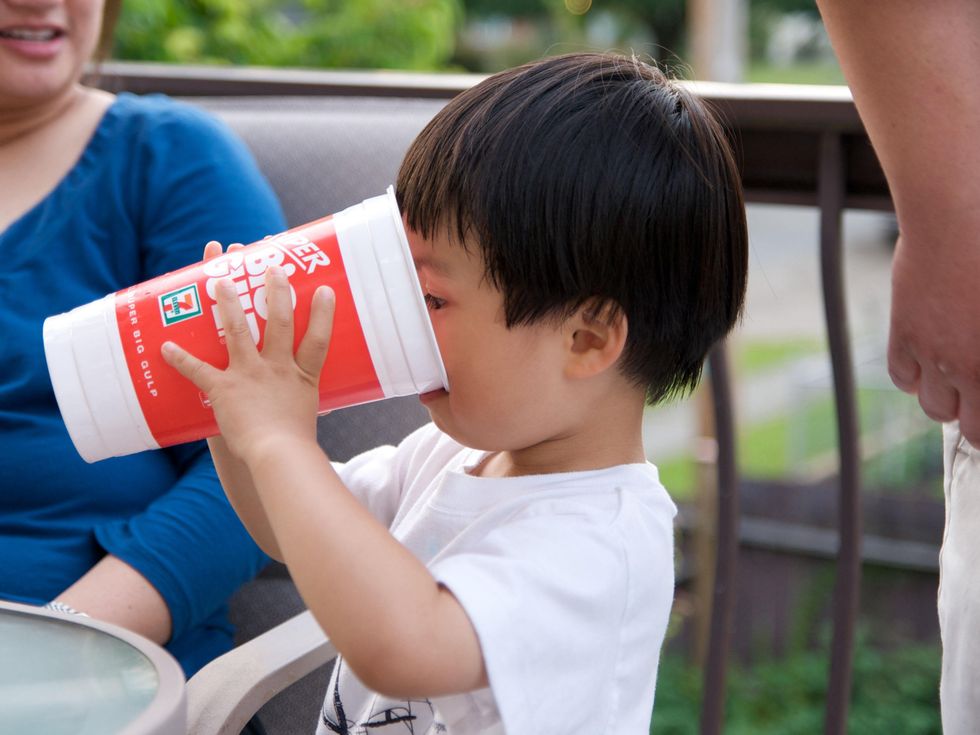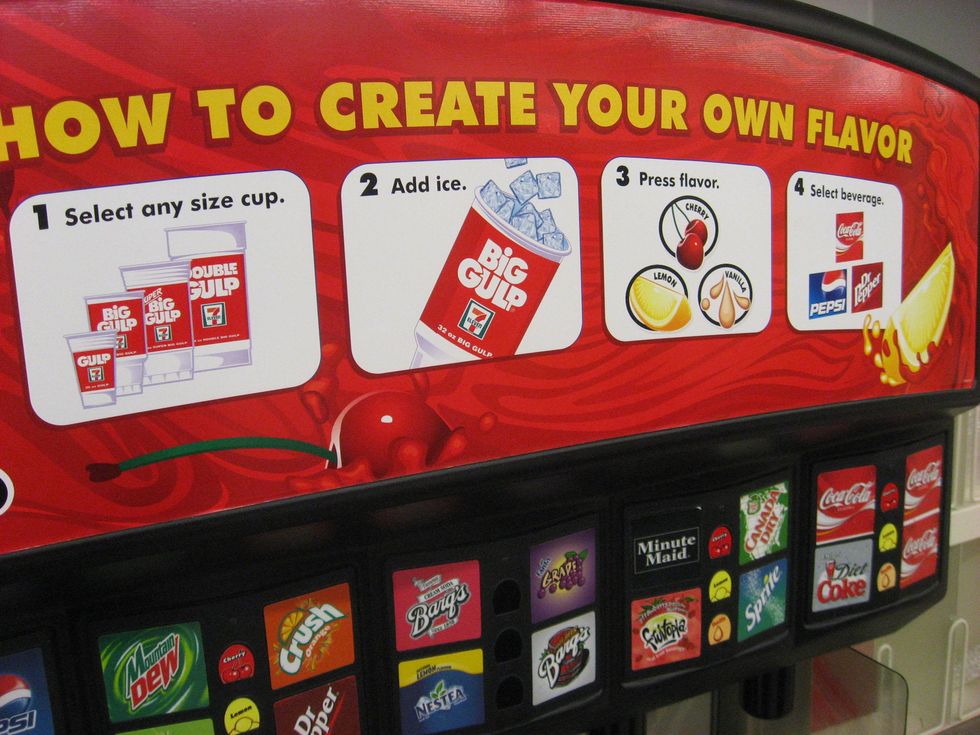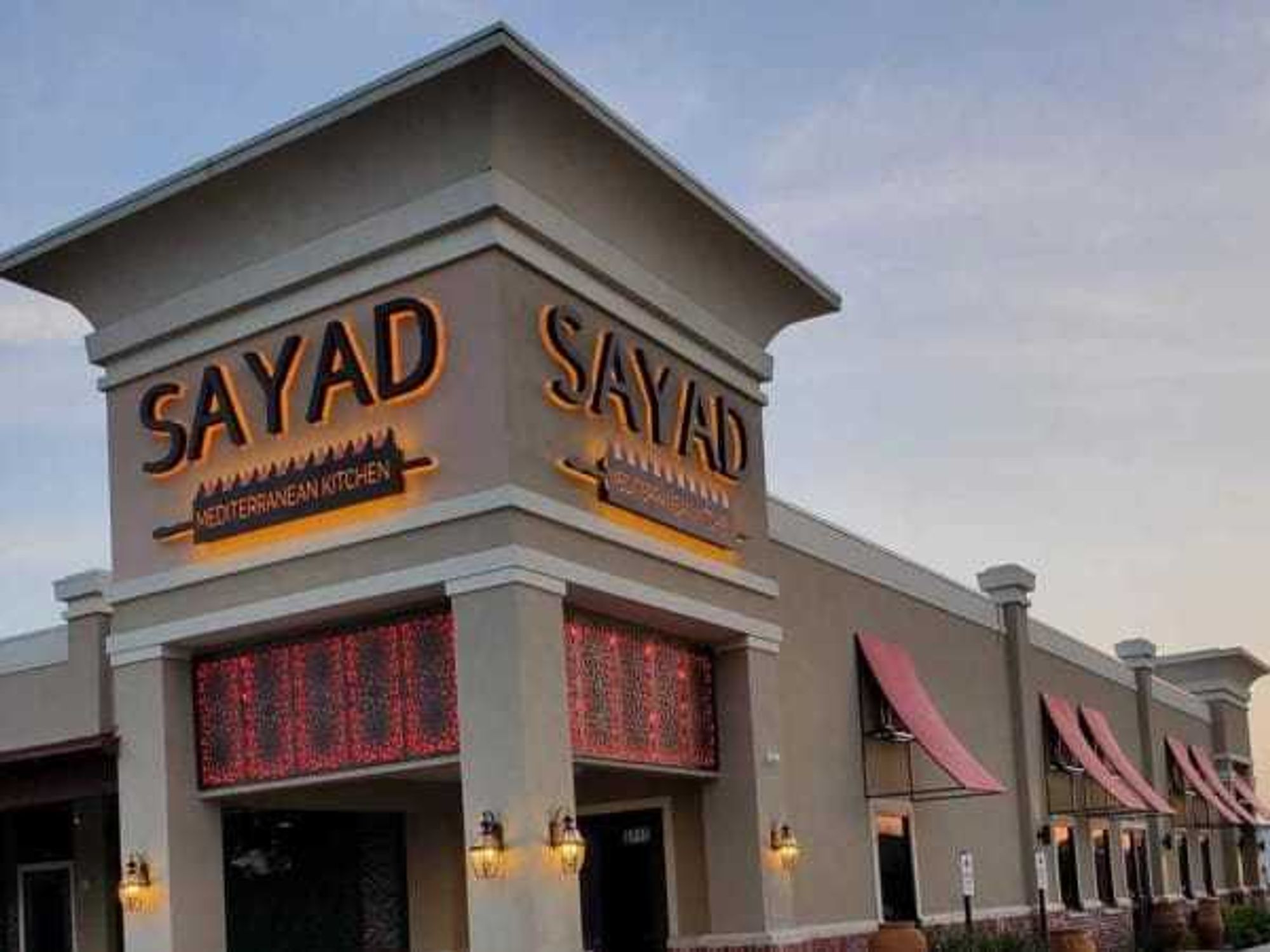Supersize Me
Smithsonian acknowledges Texas-sized contribution to nation's obesity rate: Blame it on Big Gulp
The Big Gulp is one of those inherently American inventions that is both a source of pride for being a game changer and a source of global embarrassment for representing the rising obesity rates in the country.
In a piece titled “We Have Texas to Thank for the Biggest Big Gulp,” the Smithsonian unearths the history on the Big Gulp and how the Lone Star State brought about the modern arms race of portion.
The Smithsonian is polite enough to point out that a Team Gulp is “more than 200 percent more than what the average adult stomach can hold at one time.”
It seems almost comical now, but in the late ’70s, the average soda was 6 ounces, and 7-Eleven was a burgeoning convenience store chain looking for a way to get a bigger market share.
In 1976, Coca-Cola reps approached Dennis Potts, the merchandise manager for Southern California, about a 32-ounce cup. Potts was skeptical, but after selling 500 of them at one store in a week, the boom was on.
It’s kind of hard to underestimate how much the Big Gulp changed 7-Eleven; in the five years after the Big Gulp’s introduction, soft drink sales quadrupled.
There was also the introduction of the 46-ounce Super Big Gulp in 1981. In another innovation, 7-Eleven was the first retailer to install self-serve soda fountains, which is pretty much the standard for fast food and convenience stores today. Who knew?
Of course, the Super Big Gulp was only the first evolution in the soda wars. The 64-ounce Double Gulp followed in ’84, and today you can also get the 52-ounce X-Treme Gulp (for when you’re dieting) and the gallon-sized Team Gulp.
The Smithsonian is polite enough to point out that a Team Gulp is “more than 200 percent more than what the average adult stomach can hold at one time.” But it is a great value.
The whole thing is worth a read, if only to see where we came from and where we will be going in the soda race.



 Don't skip dessert at Sayad Mediterranean Kitchen.KSayad Mediterranean Kitchen/Facebook
Don't skip dessert at Sayad Mediterranean Kitchen.KSayad Mediterranean Kitchen/Facebook